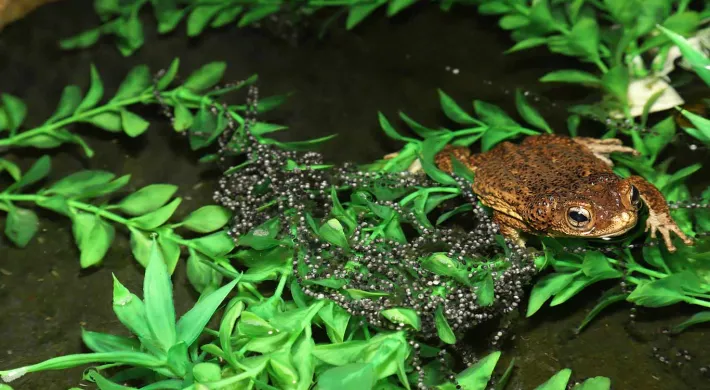The Puerto Rican harlequin butterfly is a rare species of butterfly endemic to Puerto Rico. At one point the species was thought to be on the brink of extinction, with the entire adult population consisting of 75 individuals split across two small areas. To prevent this species’ disappearance, the North Carolina Zoo has participated in and supported an extensive search for unknown harlequin butterfly populations across Puerto Rico. These efforts led to the discovery of multiple new populations and a larger range than what was known. Ongoing survey efforts will enable us to learn more about the species, its preferred habitat, its natural behaviors, and eventually also its true population size, so we can ensure its long term survival.
Rare for Reasons Unknown
Very little is known about the Puerto Rican harlequin butterfly, a very rare butterfly that is endemic to Puerto Rico. A survey in 2007 suggested that the entire adult population was less than 75 individuals in just two small areas. The cause for its small population size is unknown, and somewhat puzzling considering that the host plant for this species, the prickly bush, is very common throughout Puerto Rico, especially the areas which the butterfly occurs. Due to its rarity, the butterfly is protected by the Puerto Rican government and a candidate species for federal listing by US Fish and Wildlife Service (USFWS).
Involving the Local Community
Since 2016, the North Carolina Zoo has been working with Fort Worth Zoo, USFWS, and local biologists to better understand this rare butterfly and potential causes for the low population numbers. This information in turn would enable us to better protect this special species.
An important aspect of any project that relies on external expertise is to involve the local community—those people who interact with the species and may be affected by conservation action. This project is no exception: a working meeting was organized in Puerto Rico in June 2016 that anyone interested in the butterfly was able to attend. During this meeting, an overview of the species was provided, after which an open discussion occurred for attendees to share new information and experiences regarding the species.
Learning More through Discovery
During the 2016 public meeting, workshop attendees were also able to share locations of potential sightings (which were explored during subsequent monitoring) and provide input on monitoring protocols. Through this participation, the North Carolina Zoo and other project partners were able to identify priority field survey sites and develop a systematic monitoring protocol in ten areas across the island. These surveys, conducted in November and December 2016, led to the discovery of multiple new populations in the northern portion of the island, suggesting that the species’ range may have expanded or shifted over time.
Much More to Learn
Efforts to ensure the survival of the Puerto Rican harlequin butterfly have only recently started. While we have gained a wealth of new knowledge, some important gaps persist in our efforts to protect this species. Ongoing survey efforts will hopefully enable us to learn more about the species and its natural behaviors, especially the larval and pupae stage. In addition, we are hoping to better understand the habitat occupied by the butterfly, including the nectar plant on which the species rely. Eventually, we hope to conduct enough surveys to determine individual population sizes and overall population size, and to gain a better understanding of the threats facing this species.
Partners: Fort Worth Zoo, Puerto Rican Department of Natural Resources, US Fish and Wildlife Service

